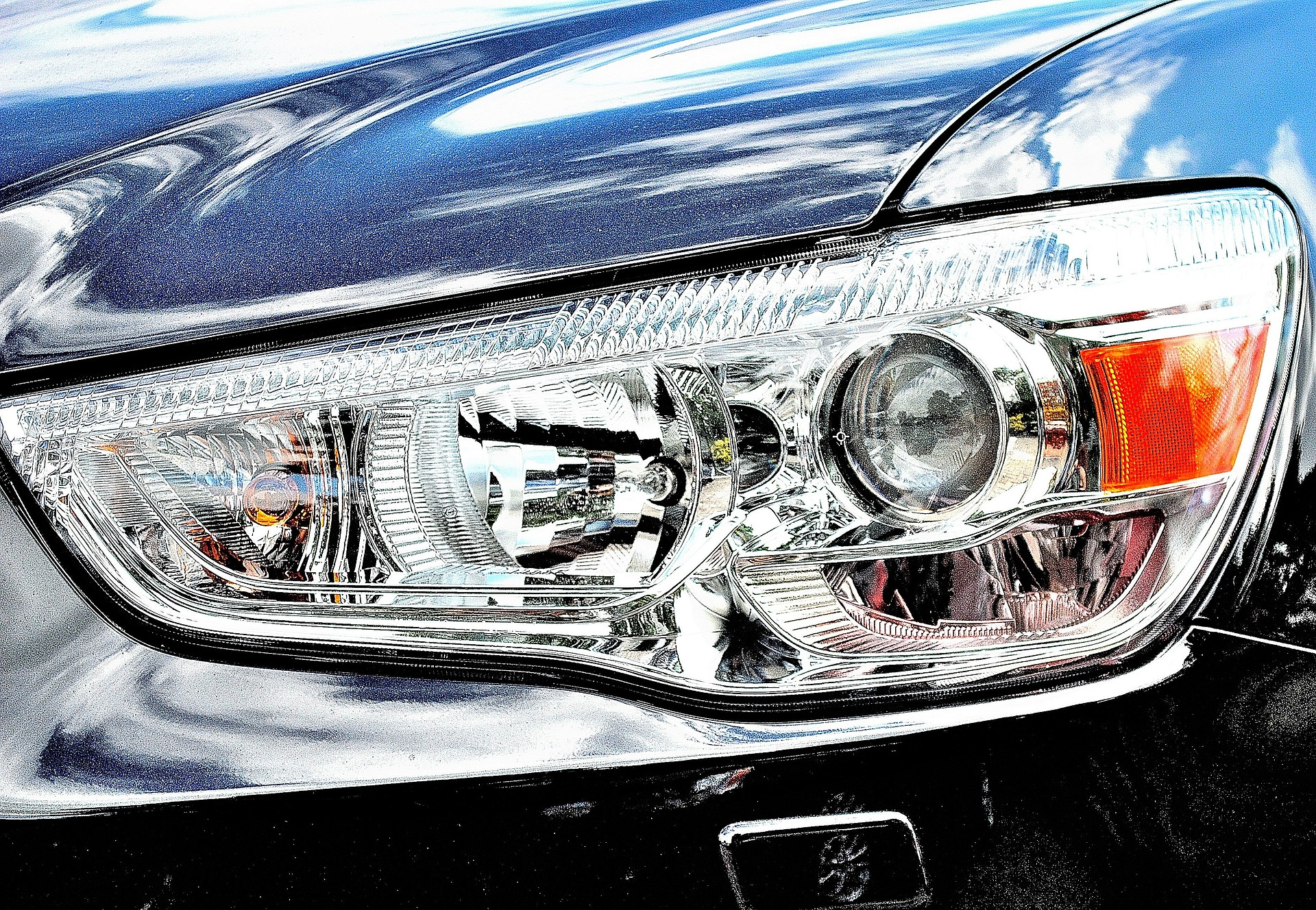The Mindset Behind Successful Winter Driving
Most of us rely heavily on our vehicles on a daily basis. In the autumn and winter, when weather and road conditions often worsen, drivers really do need to stop and think whether the journey they’re intending to make is absolutely necessary.
If taking to the road is unavoidable, such as the need to get to work, take the kids to school or make a delivery, extra planning and preparation is needed. Drivers should always expect winter journeys to take longer due to a greater volume of traffic on the roads, which often moves more slowly.
Ice scrapers, de-icer sprays and other automotive paraphernalia should be kept indoors where they are accessible. Lukewarm water should be used to clear windscreens, as opposed to boiling water which can crack the glass.
Soft brooms are a great way of quickly clearing snow from a car. It is illegal to drive with a blanket of snow on top of a vehicle or with a snow-covered windscreen.
It is wise to set off in second gear if possible, to reduce the risk of skidding. Automatic cars often have a snow mode which does a similar thing. If the car begins to slide, gently turn the wheel in the direction in which the rear of the car is sliding. Braking should also be gentler in the winter months, otherwise it is all too easy to skid. When combined with longer stopping distances, this can be a lethal combination.
It’s important to maintain a vehicle more thoroughly in the winter, checking the tyres, battery, anti-freeze and lights to ensure they are all working correctly.
Snow or all-weather tyres are worth the investment and it’s also a good idea to store some warm clothing, a fluorescent jacket and even a shovel in the boot, just in case.
Driving through floodwater can damage a car’s engine so motorists should try to establish how deep a section of water is first. Even some 4×4 vehicles can be written off in deep water. Country lanes can also be prone to the formation of black ice, so extra care should be taken, particularly at night.
Common sense plays a large part when the weather worsens. When driving in fog and visibility has become dangerously poor, a driver can perhaps wind the window down to listen for surrounding traffic and if possible try to stop safely somewhere until the fog lifts.
Strong winds can be frightening, so sensible actions include gripping the steering wheel more firmly, slowing down and taking particular care when passing high-sided lorries, buses and cyclists.
Driving sensibly in bad weather will help keep routes flowing so people can go about their routines as efficiently and as safely as possible.
In the interests of your own safety, please read my related blog,


